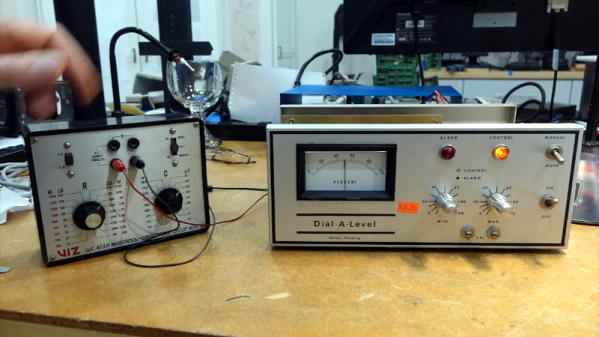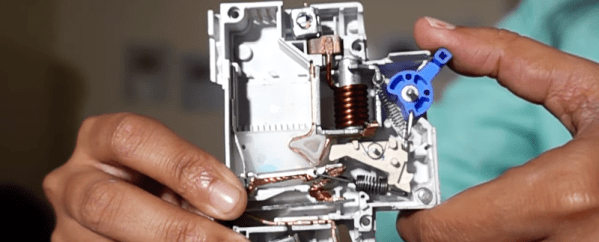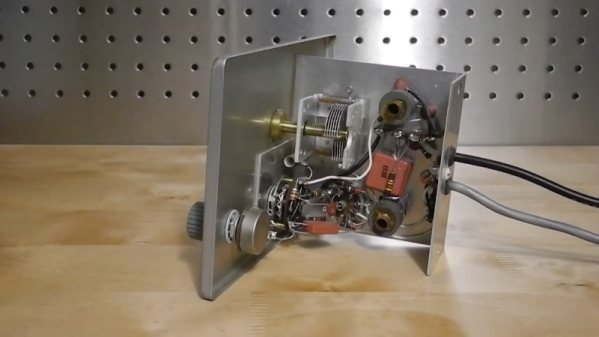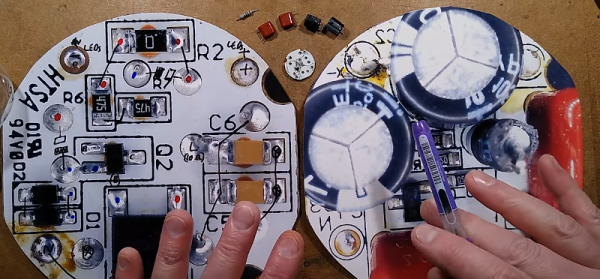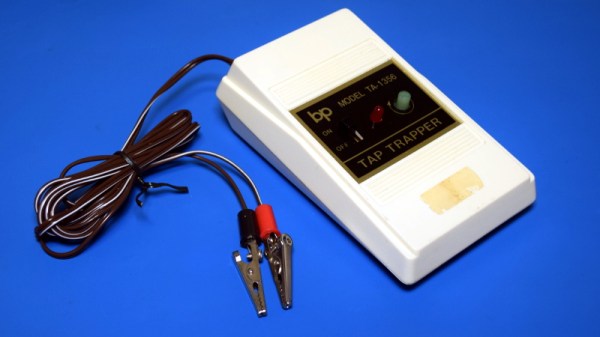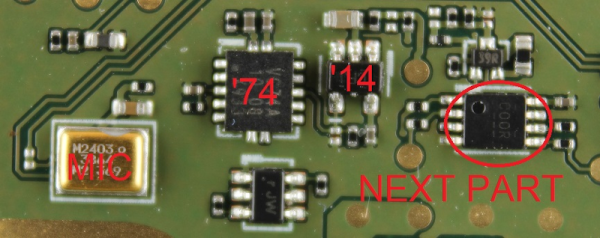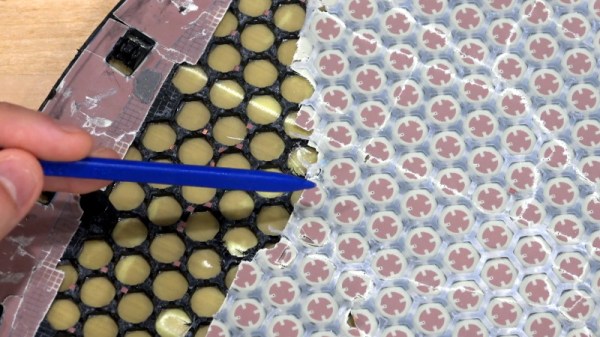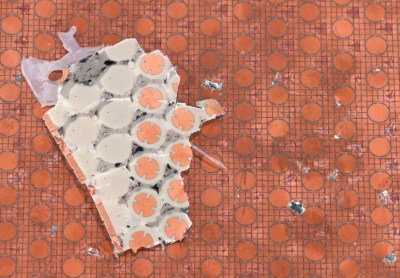[CuriousMarc] likes to go to surplus stores even though there are fewer of them around. On a recent trip, he found a box that had some parts he thought would work for a temperature controller project. It was marked Dial-A-Level and proudly proclaimed that it had a patent pending. The box was from the 1970s and [Marc] was wondering what the device was meant to do.
The device was a bit of a puzzle since it had three oddly-marked probe inputs. A search through the patent database revealed the device was a “capacitance probe for detecting moisture with very long cables.” The idea was to create a capacitor at the end of the cable and use the liquid as a dielectric. The sensor creates a 10 kHz sine wave it uses to excite the probe and an op amp measures the relative capacitive reactance of the probe versus a reference capacitor. The rest of the circuit is a comparator that reacts when the level is at a threshold.
We love seeing the old hand-drawn boards from that era. Component designations are in copper and there’s no solder mask visible. There was a clever application of a silicon controlled rectifiers and a relay to create a type of flip flop, that [Marc] explains.
Interestingly, the company that made the device, Expo Instruments, is still around and [Marc] contacted them. The actual patent holder replied and was amazed that [Marc] had possession of this antique. You can only wonder if anything you build today will wind up on whatever passes for YouTube three or four decades from now.
Capacitive sensing is quite versatile. Of course, there are many other ways to sense liquid level, too.
Continue reading “Mystery Box Gives Up Its Patented Secrets”

